
Marsden Hartley. The Earth Is All I Know Of Wonder, Louisiana Museum of Modern Art, Humlebaek
Of the new MoMA, Hal Foster wrote in the London Review of Books: “A museum is both a memory palace and a pedagogical theatre that tells us cogent stories about art and history alike.” If this statement were condensed to an exhibition, it could be Louisiana’s exposé of the American modernist Marsden Hartley. Hartley’s largest presentation in Europe to date is about painting as an unwavering companion: he painted glorified soldiers in Germany during the 1910s; in later decades, he depicted lilies from New Mexico, and mountains in Provence; when Hartley painted piers and sails, these denote a specific milieu of gay men. His biography indicates loneliness and despondency, which can be traced in paintings of desolate landscapes or stylised male bodies. Considering this large body of work, his style emerges as odd, which makes the blatant borrowing from peers appear more like sincere conversations.

Ali Smith, Spring, Hamish Hamilton
Novelist Lynne Tillman has said that writing about art through fiction leaves room for doubt; it makes it possible to write close to a “truth” without having to support each theory. In Scottish writer Ali Smith’s most recent novel in her seasonal quartet (the final instalment, Summer, will be published next year), the protagonist visits a Tacita Dean exhibition at the Royal Academy in London. “As he stood there,” Smith writes, “what he was looking at stopped being chalk on slate, stopped being a picture of a mountain. It became something terrible, seen.” Unfortunately, I never got to see that exhibition, yet I feel that Smith has written all I need to read about it.

Kate Zambreno, Screen Tests, Harper Collins
In short essays and mediations, some only a sentence or two, the American writer Kate Zambreno ponders Andy Warhol, Ingeborg Bachmann, Valerie Solanas, and others, all in the texture of the lived. She should be writing, but watches YouTube; she should be reading, but falls down Wikipedia rabbit holes. Most memorable in the collection was a sad story about a friend who was “obsessed with literature and film, but couldn’t seem to find a way to make a life out of it.” The author’s friend came to mind while she sat watching Abbas Kiarostami’s Close-Up (1990), as the film captured “the longing to be near art.” Zambreno’s book encapsulates that enviable proximity.
Christine Antaya (b. 1982) is an art critic and regular contributor to Kunstkritikk, Sydsvenska Dagbladet, and Helsingborgs Dagblad. She holds an MA in Art History from University College London, and in collaboration with Matthew Rana she hosts the Malmö-based podcast Critical Dialogs.
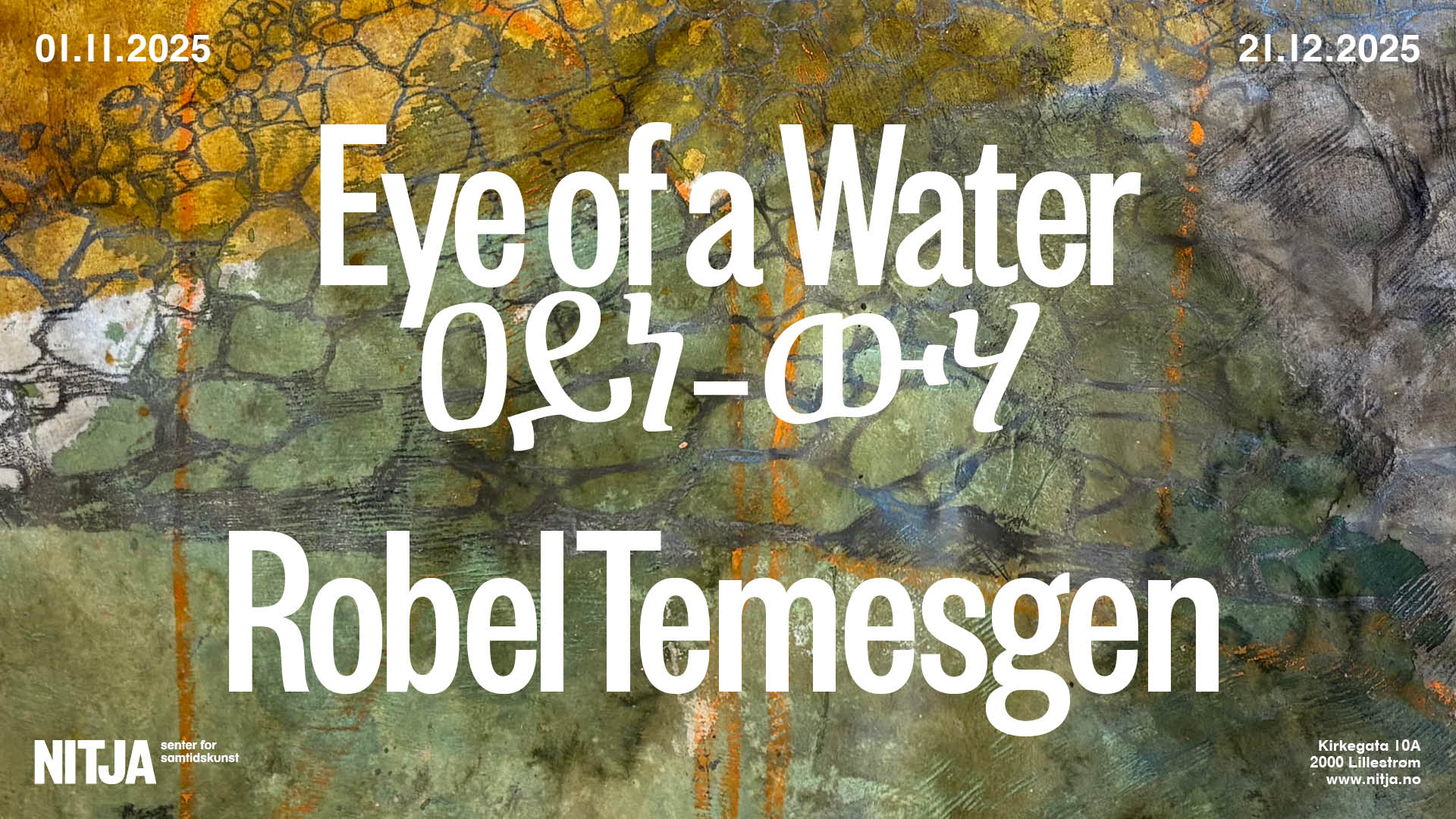







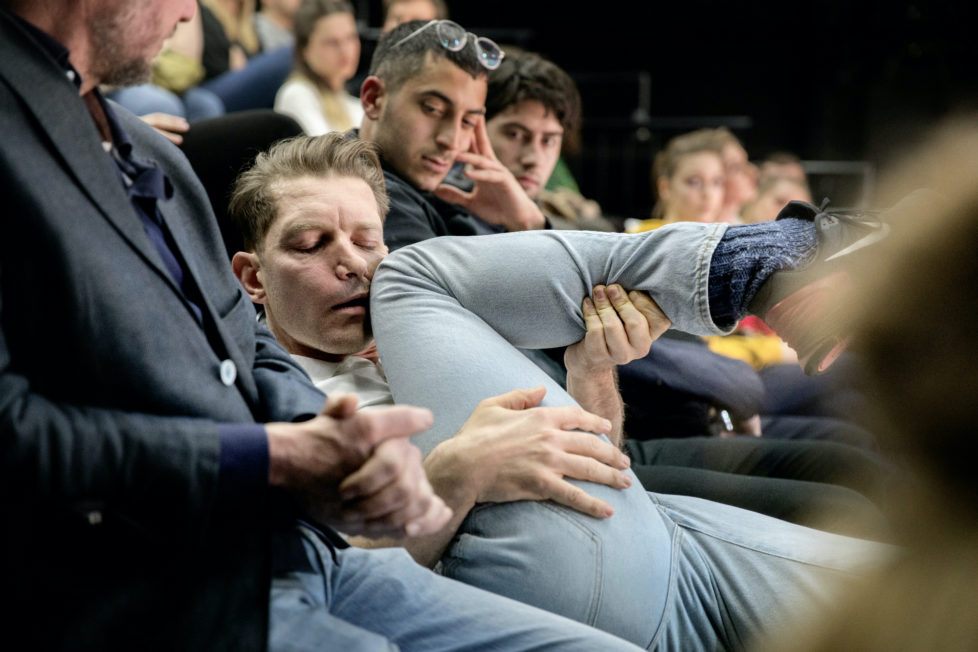
















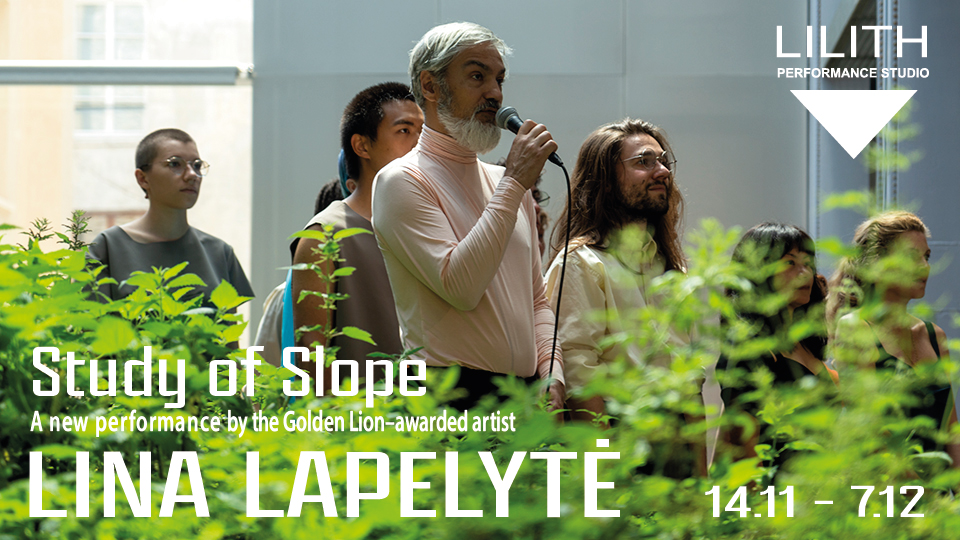

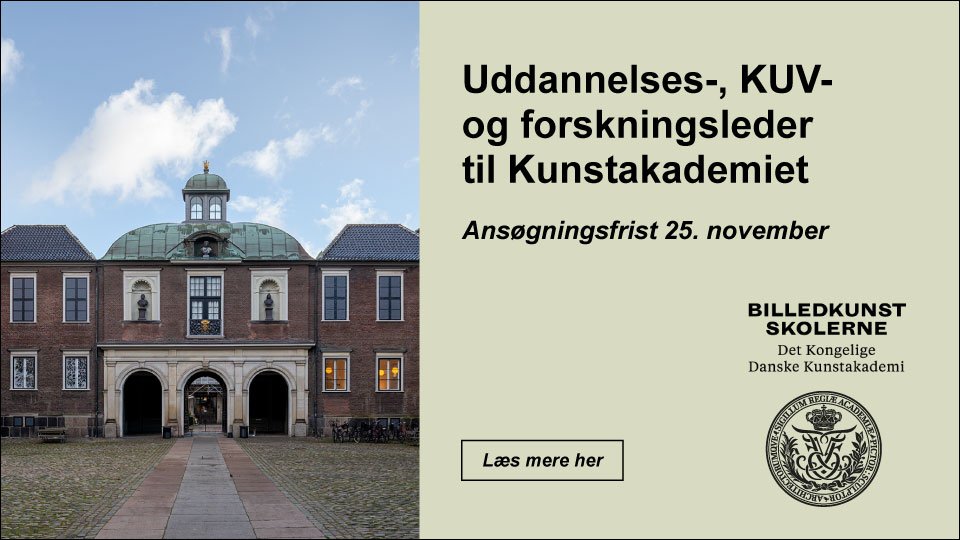
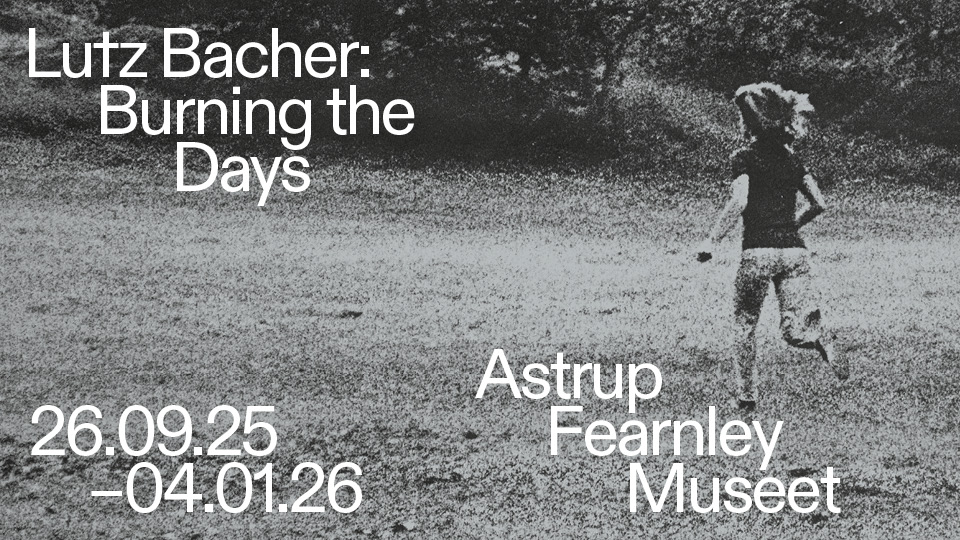
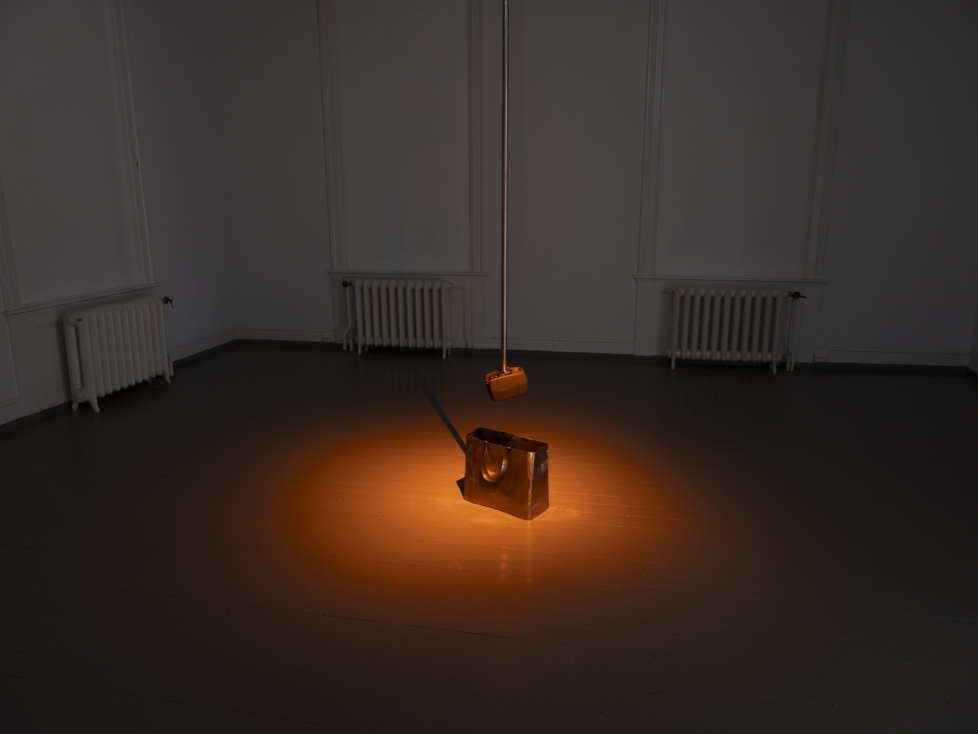
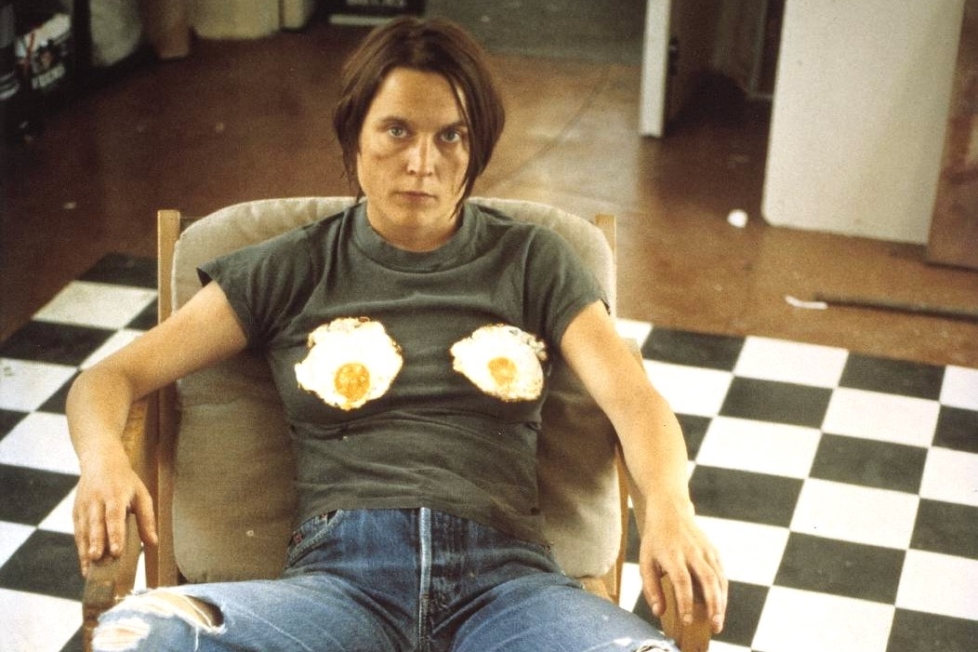
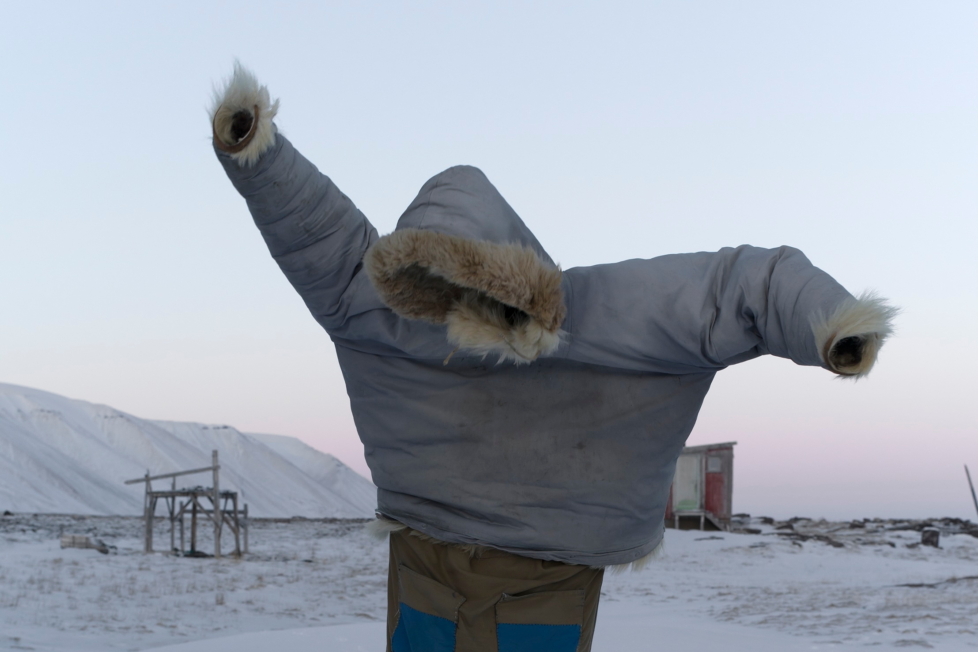
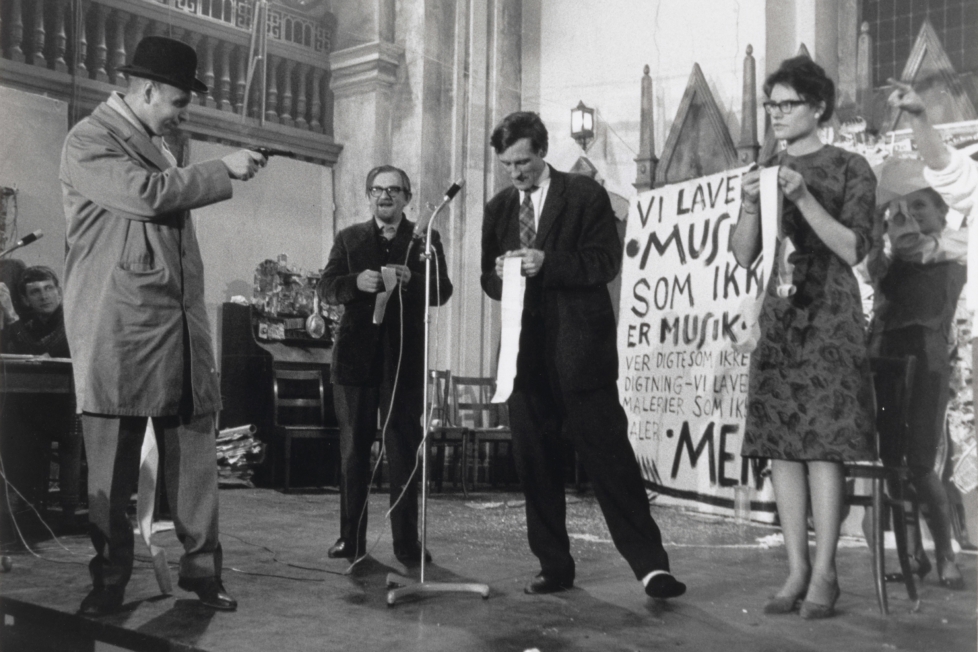
Diskussion